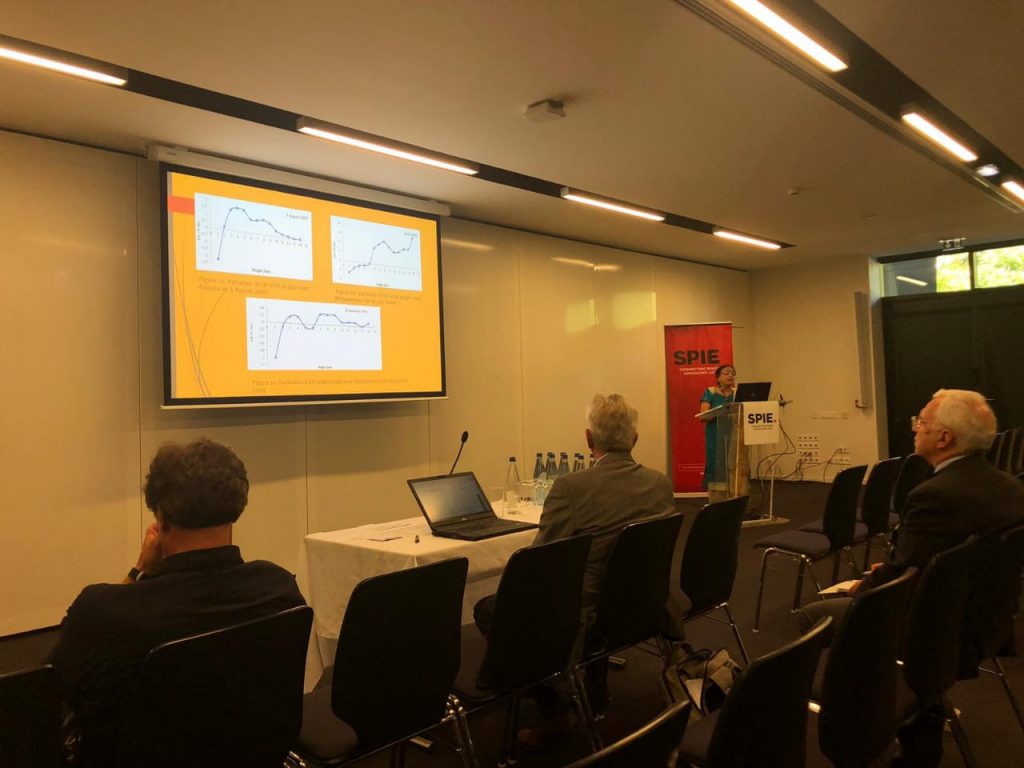Rainfall dynamics has been being one of the least understood topics and has been affecting human civilization since time immemorial. Because of its all-pervading effect on all aspects of the society, starting from the day-to-day living of mankind to agriculture, industry, aviation, weather monitoring, and weather forecast, etc., probably it stands out to be the most significant factor that needs attention. Moreover, change in rainfall pattern all over the world necessitates an investigation of this parameter in-depth.

The tropics play an essential role in regulating the atmospheric heat engine. So, the cloud characteristics in this region demand careful attention and understanding.
In the paper titled “TRMM-retrieved rainfall mechanism over a few tropical locations” presented at the SPIE remote Sensing conference, Strasbourg, France, during 9-12 September 2019, the authors have investigated rainfall and upper air meteorological elements, viz. the cloud liquid water (CLW), the precipitation water (PW) and the latent heat (LH) derived from the data product 2A12 of the Tropical Microwave Imager (TMI) onboard the Tropical Rainfall Measuring Mission (TRMM) satellite over four tropical locations in India, namely Bangalore (12.97N, 77.59E), Bhubaneswar (20.29N, 85.82E), Calcutta (22.57N, 88.36E), and Gadanki (13.45N, 9.16E). The study shows that the rainfall can be predicted with excellent accuracy based on the cloud liquid water (CLW), the precipitation water (PW), and the latent heat (LH). It is further found out from the investigation that though all these parameters can predict rainfall independently, all the elements put together can predict rainfall with greater accuracy. The paper presents functional relationships between rainfall and these parameters. These relationships can be used for quantitative estimation of rainfall in the data-sparse region. The article also highlights the vertical profile of these parameters starting from the Earth’s surface up to 18 km above. The paper describes the characterization technique for convective/stratiform dominance on surface rainfall.



